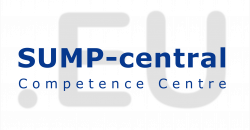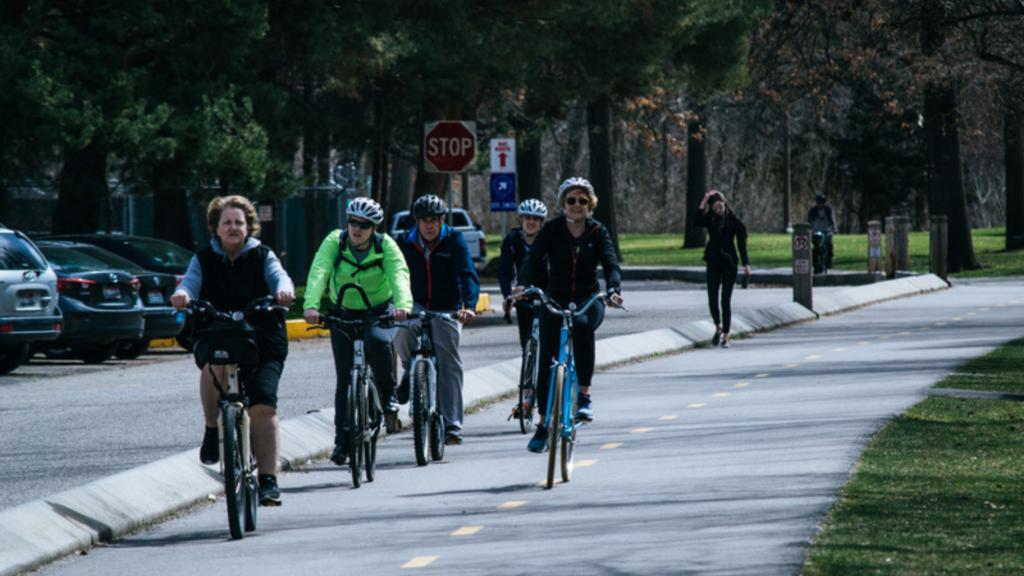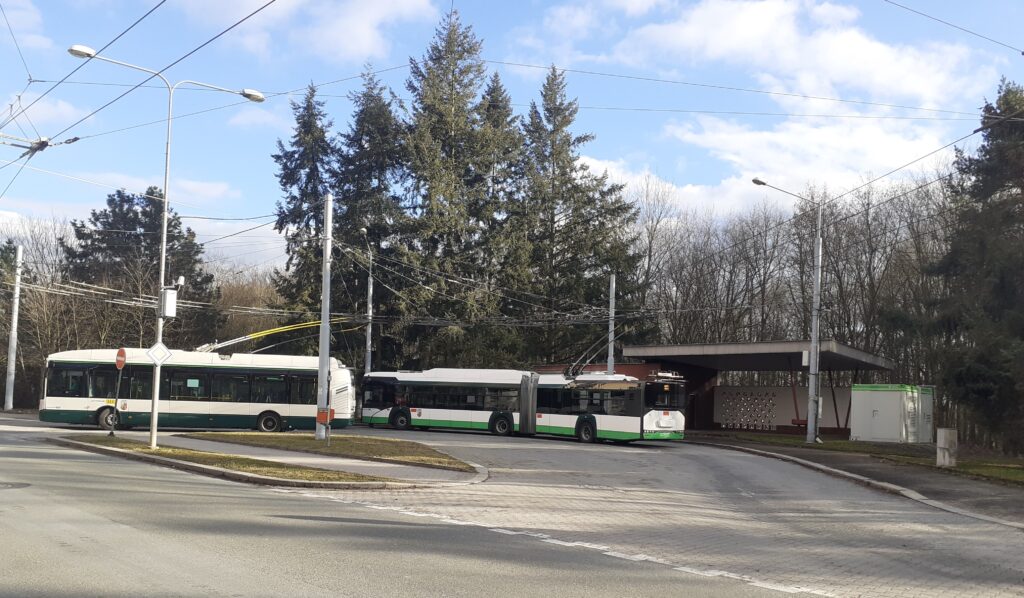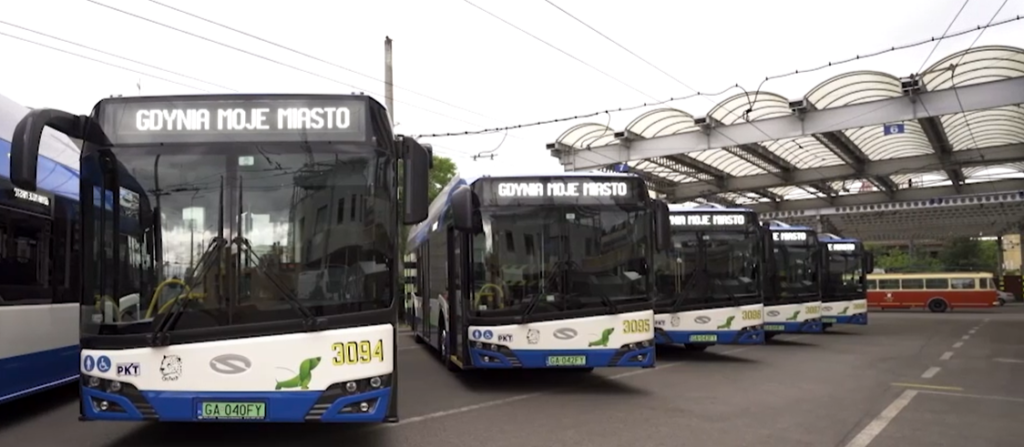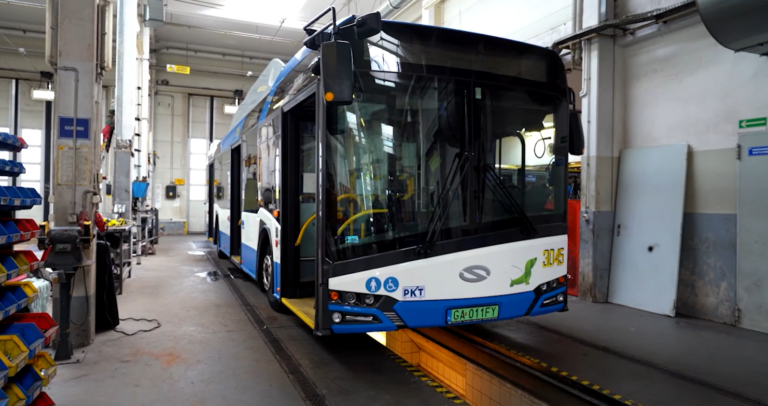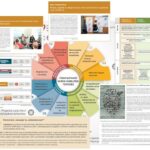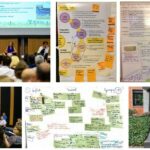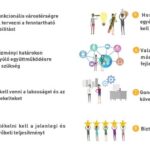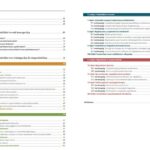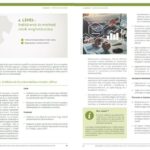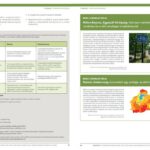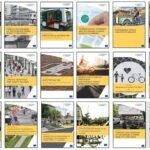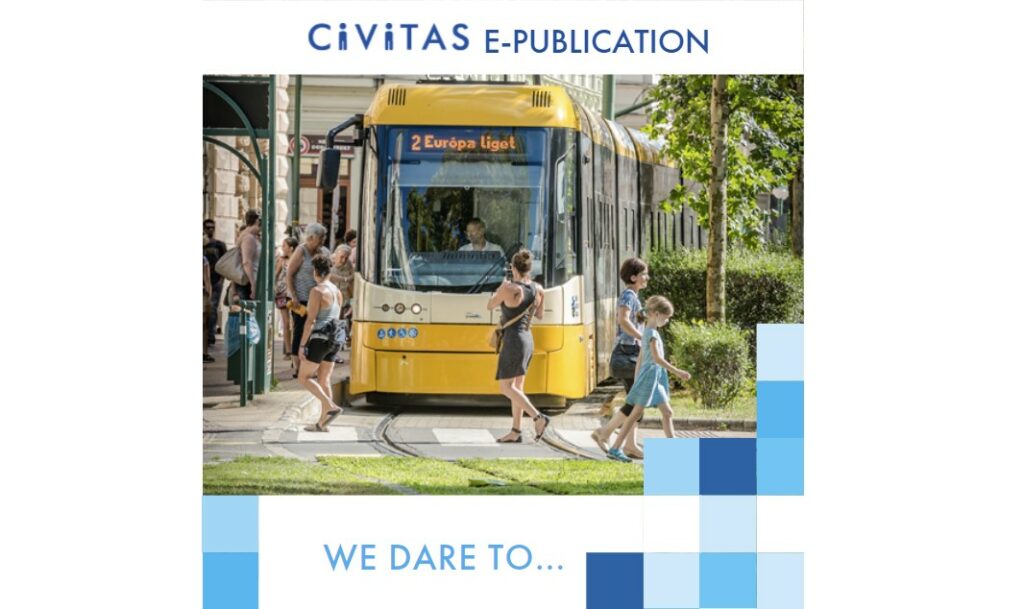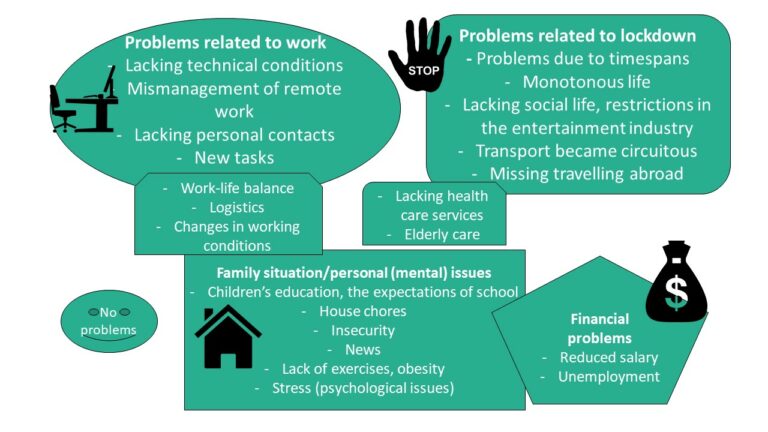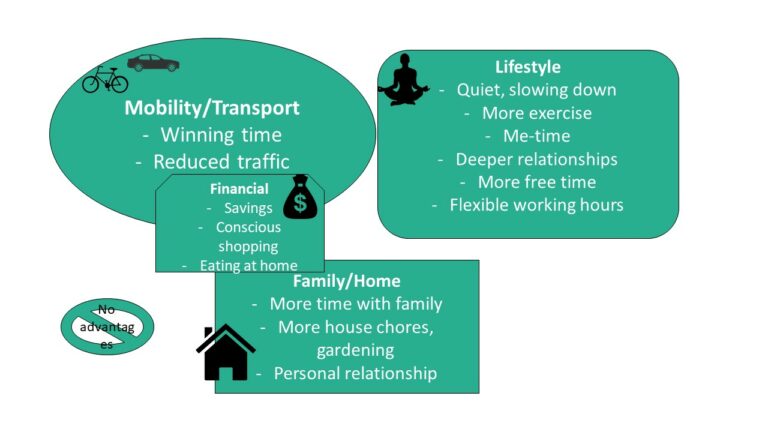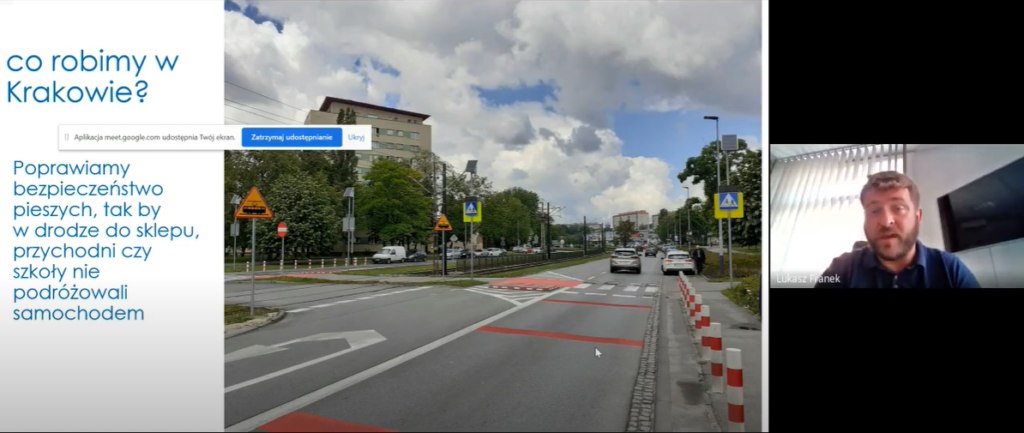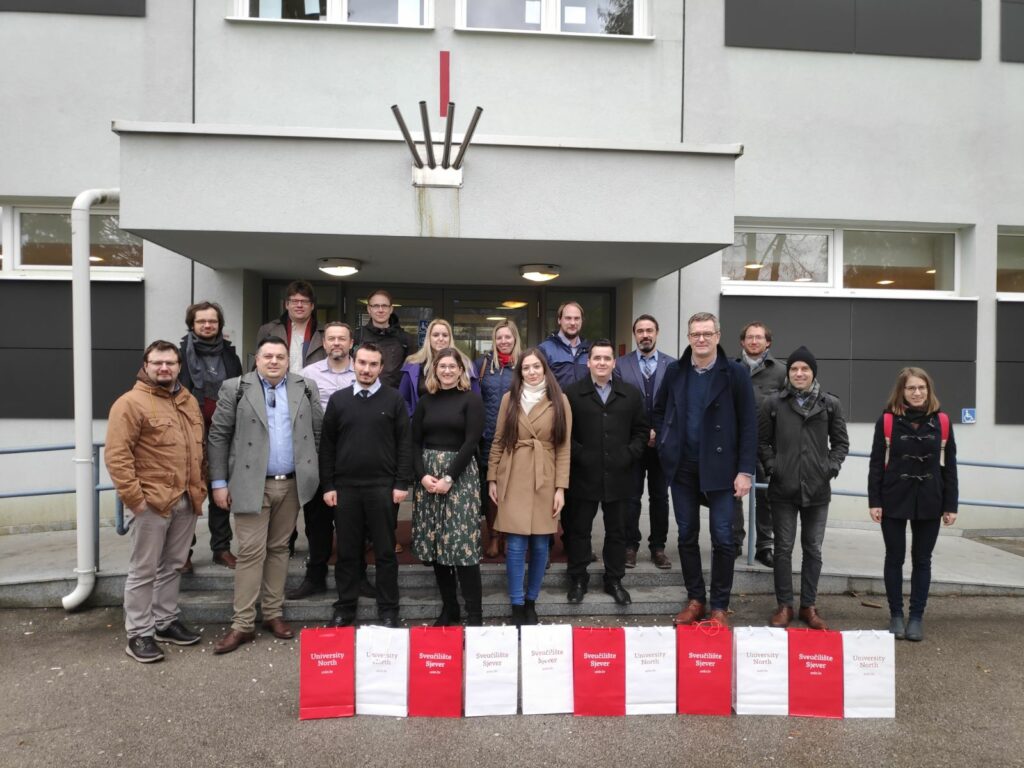Achievements of the Low Carb project: Modern sustainable mobility for Central Europe
For the last 3 years the InterregCE project, LOW-CARB, has challenged the status quo of mobility planning in central Europe (CE). Its project partners stepped up and out of their comfort zones to develop highly innovative strategies, action plans, pilots, tools, and skills development trainings that foster low carbon mobility and transportation. All of which were addressed by introducing a new geographic scope for planning for mobility— the Functional Urban Area (FUA). Although this transnational project comes to an end it leaves behind a strong legacy of low carbon options for sustainable urban mobility planning, upon which urban planners in central Europe will continue to advance.
The concrete accomplishments of LOW-CARB include: the development of three strategies to guide urban planners with topics on open-data management, governance, and centring public transport as the backbone of low-carbon transportation systems; the co-creation of four data-based Action Plans for integrated mobility planning beyond administrative borders with key mobility stakeholders; and the demonstration of innovative low carbon mobility technologies in six pilot FUAs. The partners collectively created over 200 individual measures for low-carbon mobility! These actions have led to an estimated leverage of 107 Mio € for investments in sustainable mobility offers in FUAs by 2025.
LOW-CARB’s activities have resulted in several outputs important for future creation of Sustainable Urban Mobility Plans (SUMP), including the following novel tools.
1) The SUMP-Self-Assessment Tool guides planners in local central European languages through the entire SUMP process at multiple geographic scopes. It is both a monitoring and evaluation tool that provides tailored feedback according to the assessment of unique mobility situations.
2) REACHIE, an interactive journey planner map intended for both planners and civilians to visualize available options when making multimodal trips. The routes are integrated with public transport services and estimated carbon savings are calculated for using multimodal options over conventional automobiles.
3) Like REACHIE, theSUMP GIS Monitoring Tool is a data-based tool using maps, but it visualizes mobility measures of multiple measure packages when planning or implementing a SUMP. It provides planners with a visual cumulative overview of the measures they have selected for the FUA and provides metadata about them. The tool aids coordination and engagement activities during SUMP processes. Both REACHIE and the SUMP GIS Monitoring tools were created for their respective FUAs (City of Leipzig and Brno) and show good potential for being replicated as data applications in other CE regions.
4) The recently launched SUMP Central Competence Centre is an online platform and one-stop-shop for local planning authorities and urban practitioners to access resources and content that can support them with developing SUMPs. This knowledge-database provides news, good practices, exemplar SUMPs, tools, and access to expert networks, all in central European languages!
Not only did LOW-CARB reduce transport-related carbon emissions by introducing the above-mentioned innovations, but also increased the competencies of local authorities to better plan and transition to carbon-neutral mobility systems. It transferred its knowledge through skills development trainings, interactive public events, and a follower program with nine other twinning cities and regions.
LOW-CARB’s public events reached over 400 participants while presenting at conferences, hosting webinars, pilot launches and more. The project’s 10 partners were also responsible for having trained a further 620 people in local, national, and transnational sessions. These actions have created institutional co-operation, fostered joint financing, and facilitated the FUAs to become the leaders of central Europe for low carbon mobility. The FUAs are Leipzig (DE), Koprivnica (CR), Brno (CZ), Skawina and Krakow (PL), Szeged (Hu), and Parma (IT). The pursuit of low carbon mobility in CE does not end with LOW-CARB, much of its development goals will be furthered in other capitalisation projects and frameworks, most notably the InterregCE Dynaxibilty4CE project. For more info about LOW-CARB’s activities and outputs, visit the project’s news board and document repository where its pilot handbooks, strategies, and tool factsheets are available in the main central European languages.
Achievements of the Low Carb project: Modern sustainable mobility for Central Europe Read More »
